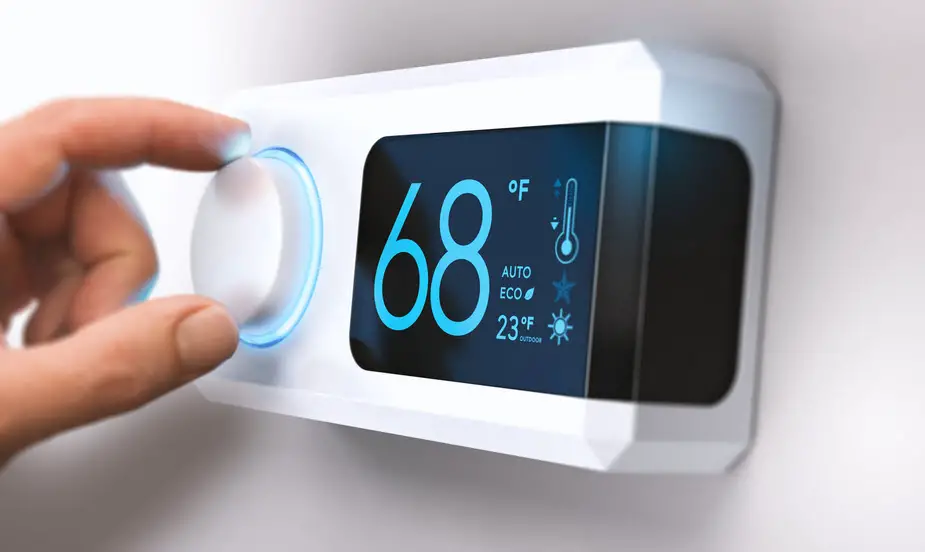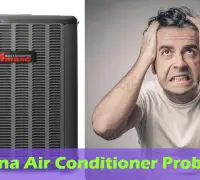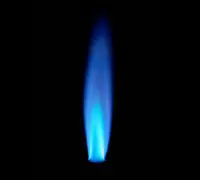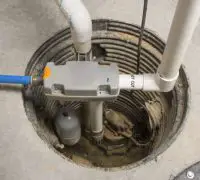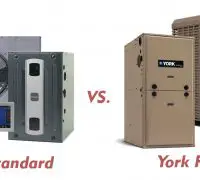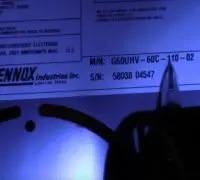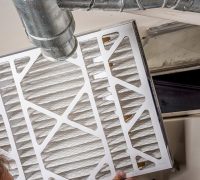Complicated devices come with complicated mechanisms and even more complicated problems. Troubleshooting a furnace isn’t always straightforward, especially if you’re not the DIY type of homeowner.
Plenty of things and components in the furnace can develop problems, and they all vary in terms of complexity and fixing. Dirty furnace filters, cracked heating elements, no gas supply, or damaged hoses- these are some of the numerous factors that generate both simple and complicated problems. Anything related to the furnace may lead to a problem, and the thermostat doesn’t make an exception.
Unlike many of the furnace components, the thermostat is relatively simple and easy to fix element. Aging or defective wiring, dust collection, extreme temperature changes, and other problems may lead to the furnace’s improper functioning. A faulty thermostat won’t be capable of proper communication to the furnace, so it won’t be capable of controlling the temperature inside your house. Even if problems inside the furnace could still be the leading cause, the thermostat is probably the first to check when the following situations occur:
- The furnace generates bizarre amounts of heat.
- The furnace doesn’t generate heat anymore.
- The furnace starts and stops more frequently than usual.
Page Table of Contents
What are the most common issues with the thermostat?
Some of the problems with the thermostat are rather basic, so fixing is effortless for any homeowner. Other issues are more complicated, so more meticulous addressing will be necessary. Keep reading for the details.
Issues with power
Several problems could make the thermostat experience issues with power, so try any of the following:
Batteries
When the display of your wireless/low-voltage thermostat doesn’t show any power, you should begin with replacing the batteries. When the furnace doesn’t run consistently, you should switch to AA lithium batteries. The conventional alkaline batteries die relatively fast, causing your furnace not to run always. Severe damage to other components may occur if the furnace is continuously malfunctioning.
Power switch
If there’s nothing wrong with the battery, you should look at the power switch on the furnace. It looks very similar to a light switch, so that you may have turned it off by accident. Most furnaces have the control on the wall close to them, or even on the unit. The button may give power to both the furnace and the low-voltage thermostat.
Transformer
Low-voltage thermostats feature a tiny transformer that turns the 120-volt line voltage to 12 or 24-volt current powering the thermostat. When the transformer is defective or has developed wire connection issues, it can make the thermostat to stop operating. Use a multi-tester for checking the transformer, and replace it if necessary. Most of the time, the transformer is placed on the unit or a nearby wall. It comes with tiny gauge wires (they look like doorbell or telephone wires), running from the transformer to the thermostat. If you plan to address the transformer, make sure to turn off the power to the transformer’s circuit first.
Blown fuse/tripped circuit
A blown fuse or tripped circuit could also stop the power to the furnace or the thermostat. You will have to replace the blown fuse or reset the circuit breaker for making the system operate correctly again.
Mismatched components
Even if many furnaces take universal thermostats, some will work only with a specific model. You should always make sure that the thermostat matches your furnace. In residential applications, low-voltage thermostats make the most popular model.
The type, ability, and capacity of the furnace are considered when selecting the thermostat. Once you bought the thermostat, you also have to ensure that you’ve installed it correctly. Wrongfully installation also leads to miscommunication and system failure.
It’s recommended that you talk to an HVAC professional for selecting the thermostat; you can also take the old model when shopping to purchase the same model.
Dust and debris
A dirty thermostat can also cause abnormal functioning and even failure of the furnace. You will need to remove the thermostat’s cover and clean the interior elements. Make sure also to clean the switch contact surface and the bimetallic coil.
Begin with setting the thermostat to its lowest setting, and clean the bimetallic coil with compressed air of soft brush. Continue with setting the thermostat to the highest setting so that you may clean the coil once more. When you’re done, reset the thermostat to the desired temperature.
Defective wiring
Missing or loose wire connections and old/defective wires can make the thermostat not stay in touch with the furnace, causing inconsistent performance of the furnace. When the furnace isn’t properly operating, you should check the wires of the thermostat. Should you observe defective wiring, you need to tighten the connection, replacing the cables as required. When you don’t have the skills and experience, it’s better to call the HVAC technician. However, low-voltage thermostats come with small-gauge wires that aren’t tricky or dangerous to address.
Inaccurate temperature readings
When the furnace doesn’t kick when it’s supposed to, or it turns on when it shouldn’t, improper temperature reading could be the cause. You have to see if the thermostat is mounted in the correct place. It should be away from windows, outside doors, or heat sources such as radiant heaters or fireplaces. It would help if you didn’t directly expose the thermostat to sunlight, heat emissions either as the outside temperature will cause the imprecise reading of the thermostat. Inaccurate reading of the thermostat will make the furnace run when it’s not supposed to run and the other way around. HVAC professionals recommend placing the thermostat close to the air return ductwork so that the reading is as accurate as possible.
The wall cavity behind the thermostat creates drafts that also impact the thermostat reading. If you notice a hole between the thermostat and the wall, you should use some insulation to block the airflow. The problem mostly occurs when the thermostat is installed on an exterior wall; it may also happen when there’s a lot of air movement from the attic or basement.
Heat anticipator problems
The old mechanical thermostats (non-digital) are made with an electrical resistor device in the center (it’s a tiny metal tab). The device is, in fact, the heat anticipator and informs the thermostat when to shut down the burners. When it’s not properly functioning, it will make the furnace cycle on and off more often than it should. When the heat anticipator isn’t set correctly, adjustment is necessary as well.
Digital and programmable thermostats come with built-in anticipators set automatically, so manual adjustments aren’t required. Manual adjustments are needed for the older mechanical models, and you will need an amp meter for identifying the correct setting.
Keep in mind that you won’t have to go through very complicated steps for making the adjustments. Sometimes, merely pushing the heating anticipator in both directions will solve the issue.
